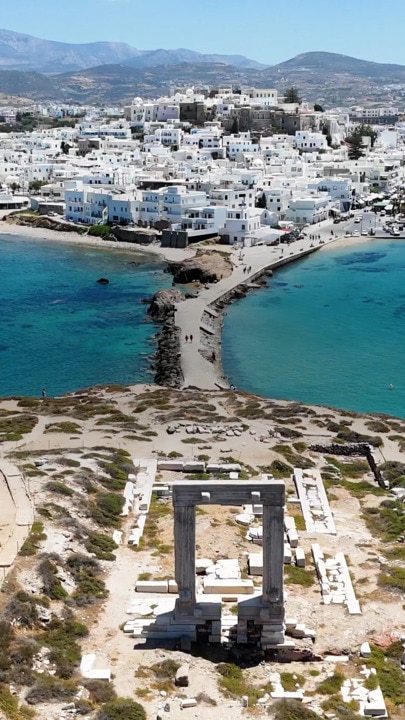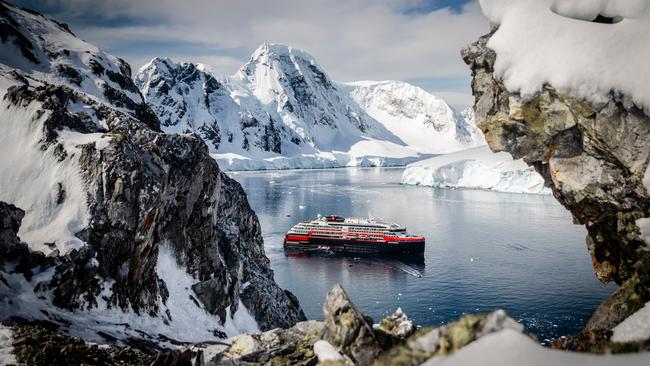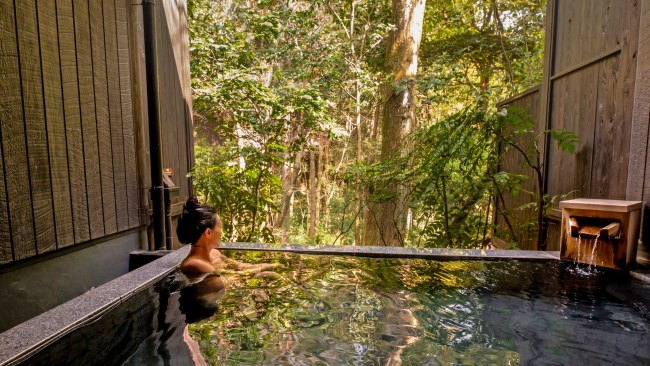Doc Holiday: Is it hard to travel in Europe with food allergies?
Europe is a foodie paradise, but can you enjoy the culinary scene if you have special dietary requirements?

Lifestyle
Don't miss out on the headlines from Lifestyle. Followed categories will be added to My News.
Escape's Doc Holiday, Dilvin Yasa, answers your travel-related questions.
My daughter is planning a trip to Europe. While I encourage her to spread her wings, she is a vegetarian, lactose intolerant and has a nut allergy. Are my concerns justified?
I can understand your concern, but I’m hoping this will reassure you. My daughter’s best friend – a lovely girl with a serious nut and egg allergy – just returned from a six-week European holiday without a single issue.

You haven’t mentioned which countries your daughter plans to visit, but you’ll be pleased to know that vegetarians travelling Europe these days rarely have a problem finding something not only to eat, but actually enjoy, on most menus. This is particularly true of countries bordering the Mediterranean where vegetarian-heavy dishes are built on an olive oil foundation. She will need to take care in countries such as Italy where pesto is applied liberally to dishes, and of course, Greece and Turkey where feta and yoghurt are used with abandon. Something to remember, too, is that many cocktails are created with hazelnut liqueur, cream and egg white.
Researching local cuisines together to familiarise yourselves with common ingredients can help alleviate some of your anxiety, but I’d probably go one further and start sending restaurant recommendations once I’ve perused respective menus. You don’t want to take over of course – this is still your daughter’s chance to showcase her independence and plan a fun holiday – but “helpful suggestions” will go a long way towards making you feel better.

Google Translate will help your daughter swiftly and clearly communicate her dietaries to staff in each country, as will packing allergy ID cards such as those from Equal Eats. Available in some 50 languages, the credit card-sized cards will communicate information about your daughter’s specific allergies, outline a list of foods that contain said allergens, plus warnings about cross-contaminators. They’ll even include her emergency contacts.
Your daughter will also need to buy a travel insurance policy that covers her allergies. While conditions such as coeliac disease and lactose intolerance are typically covered, some will not stretch to known allergies to peanuts or shellfish. Search the Product Disclosure Statement for the words “anaphylaxis” or “allergy” but if you’re unsure, give the insurance provider a call to clarify.
A final word: I’m sure your daughter will be travelling with an EpiPen, but it’s worth taking time to explain to her travel buddies how to administer a shot. Hopefully they’ll never need it, but best to be prepared.

Despite my fear of seasickness, you’ve convinced me to book an Antarctica cruise, complete with the “Drake shake” experience. Which cruise would you recommend for a 10-day voyage?
I almost cried when I read your email – I’m so excited about your adventure. Before we get into specific sailings, it would be remiss of me not to tell you about the importance of speaking with your GP to stock up on adequate seasickness medication beforehand (believe me, you don’t want to be caught out if your Drake Lake turns suddenly, as it is wont to do). Take it long before you start to feel the effects of the rocking, stay on them during the crossing, and keep eating plenty of carbs (not only on the cruise, but just as a general life motto. Unless of course you are diabetic).
If you’re travelling all that way, I recommend a sailing longer than 10 days as four of these will be devoted to travelling to and from the Antarctic Peninsula. If you’re unable to stretch it out, I’d urge you to look at the popular HX (Hurtigruten Expeditions) 11-day Highlights of Antarctica sailing, as well as Aurora Expeditions’ 10-day Taste of Antarctica, available on both the Greg Mortimer and the all-new Douglas Mawson. Although both plan to visit all the Peninsula’s top sights, including Neko Harbour, Paradise Bay and Elephant Islands, all stops and activities are subject to weather and ice conditions, with the itinerary ever-changing. I recommend these operators because I value their sustainability credentials, citizen science focus and their array of activities (snorkelling, kayaking, hiking).
If you’d prefer a shorter, more luxurious sailing, Silversea has a six-day Fly Cruise King George Island return package, allowing you to skip Drake Passage altogether. Of course, if you’re up to the challenge, they also have a 15-day King George Island to Puerto Williams that looks like the ticket. It sounds crazy, but you wouldn’t believe how quickly two weeks pass by on the White Continent.
Need help?
Doc Holiday is on duty to answer your travel questions. Email docholiday@news.com.au. Personal replies are unfortunately not possible.
More Coverage
Originally published as Doc Holiday: Is it hard to travel in Europe with food allergies?





